MIT researchers create 3D-printed fur, opening up "a new design space"
Researchers from the Massachusetts Institute of Technology have developed a method for 3D printing artificial hair, allowing them to print everything from paintbrushes to fake fur (+ movie).
The team, who are from the institute's Tangible Media Group, are able to print hairs as thin as 50 microns in diameter, making possible new types of tactile surfaces.
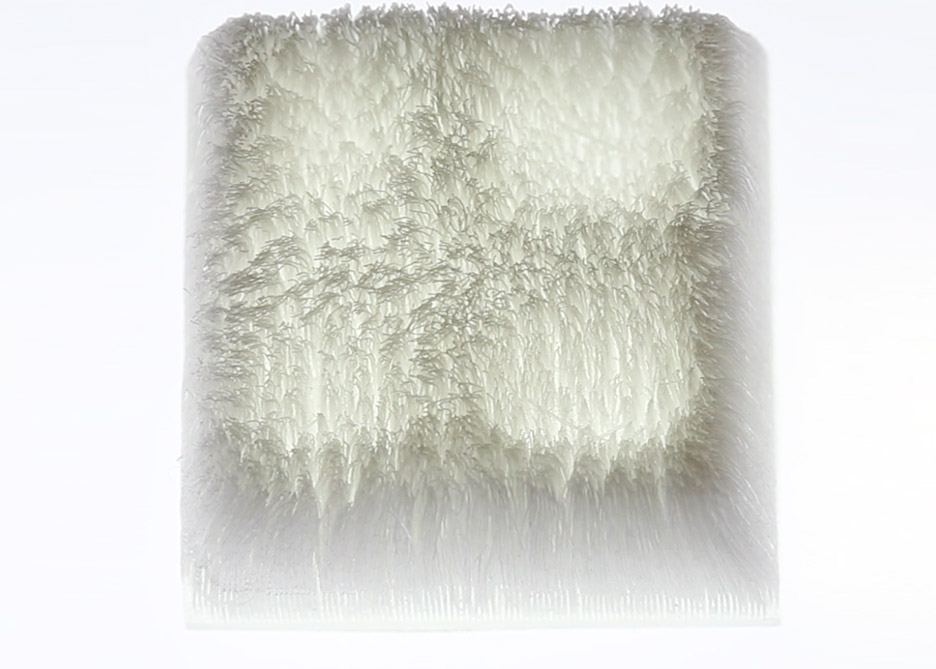
The technology, called Cilllia, means that high-density hairy or furry surfaces common in nature can now be created artificially.
"3D printers nowadays have potential to change the way we design materials, yet we are still mostly using it to print static objects like plastic cups," said Jifei Ou, a PhD student at the Tangible Media Group.
"We aim to create programmable materials, and hair is just one of the examples we are exploring in our lab now."
Potential uses for the printed fur include producing low-friction surfaces and touch-control interfaces as well as creating new aesthetic and tactile experiences.
"This creates a new design space for printing figures that have detailed surface texture, jewelry that has a soft touch [and] paintbrushes that have customisable stroke," explains a movie about the project.
The movie shows how, by vibrating the textured surfaces, objects placed on them can be made to move, turning the material into an actuator.
The materials can also be used as low-friction moving parts in motors, as touch-sensitive control panels, or as Velcro-like surfaces that bond without adhesive. Fully functioning paintbrushes can also be printed, complete with ultra-thin bristles.
The software used to design the materials can assign each hair with specific characteristics, such as direction, thickness and length, meaning the physical properties of the surfaces can be precisely controlled.
"This work presents a computational method of 3D printing hair structures," said Ou. "It allows us to design and generate hair geometry at 50 micrometer [micron] resolution and assign various functionalities to the hair."
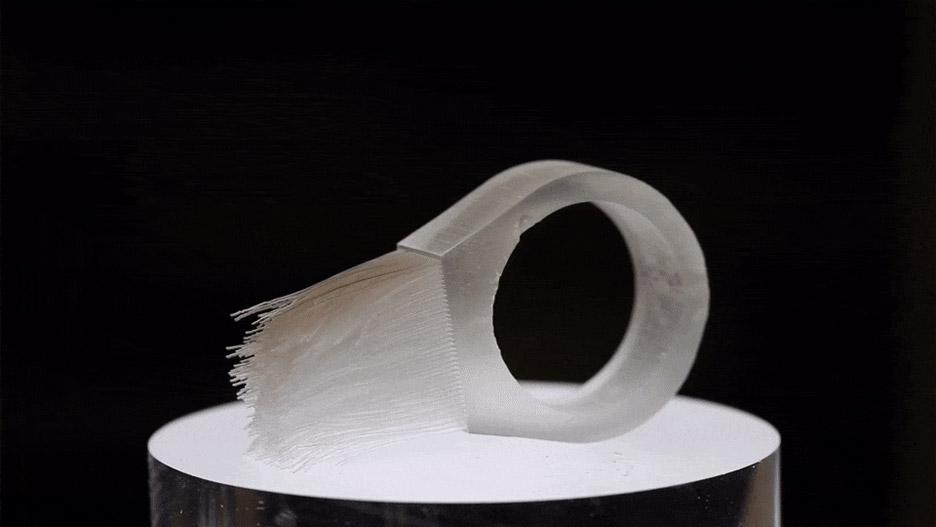
As part of the project, the researchers developed their own bitmap-generating software that can create thousands of hair-like strands of hair without them having to be created individually in modelling software.
"Bitmap generating means to directly create 3D printer-readable files, without going through traditional 3D modelling and slicing process," team member Jifei Ou told Dezeen.
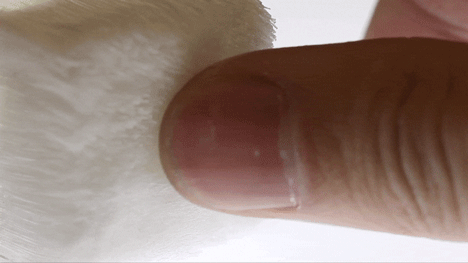
"In Cilllia this is crucial, as hair structure takes an insanely long time to be processed in a CAD software due to its large quantity of surfaces, and creates a super large file that could easily crash any standard slicing program."
Printed hairy surfaces can be put to all kinds of new uses, the researchers believe. By vibrating the surfaces, objects placed upon them can be sorted according to weight.
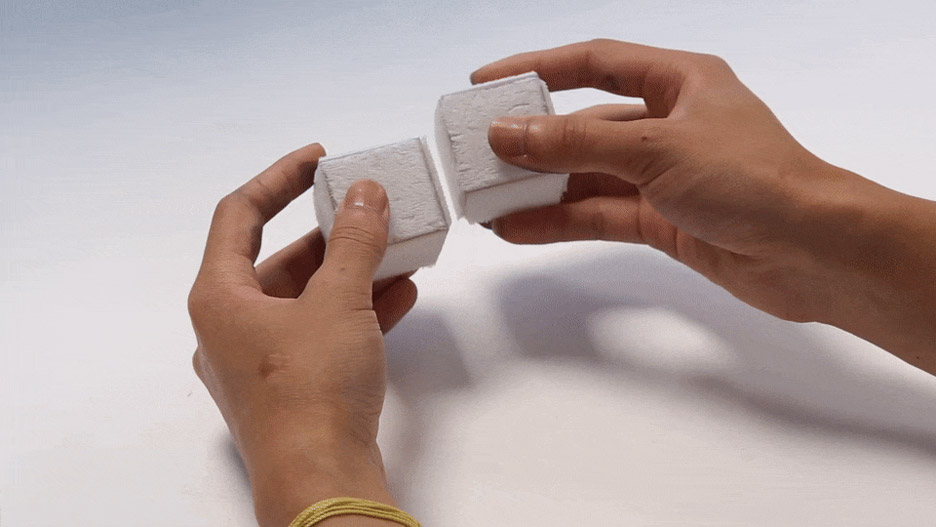
When a microphone is attached to the hair, it becomes a sensor that can detect which direction, and at what speed, a finger is swiping.
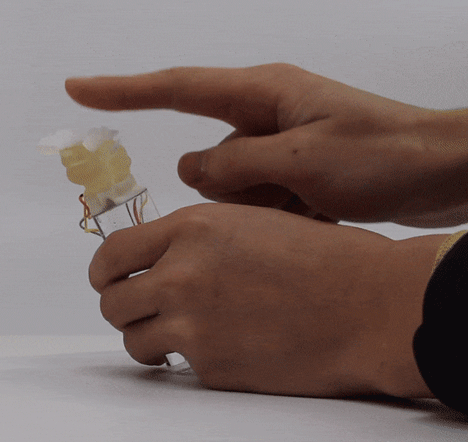
The team, which is made up of researchers Gershon Dublon, Chin-Yi Chen, Liang Zhou, Felix Heibeck and Hiroshi Ishii as well as Ou, presented Cilllia at the CHI conference for human-computer interaction in San Jose, California last week.
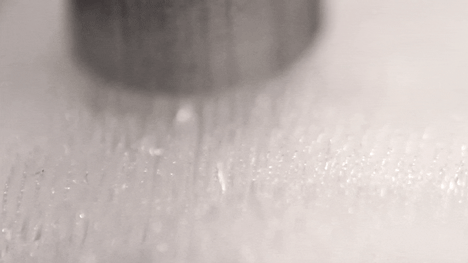
Previously, researchers at MIT Media Lab's Tangible Media Group created a shape-shifting table that reacts to human presence with a series of 1,000 tiny motors built into the frame.